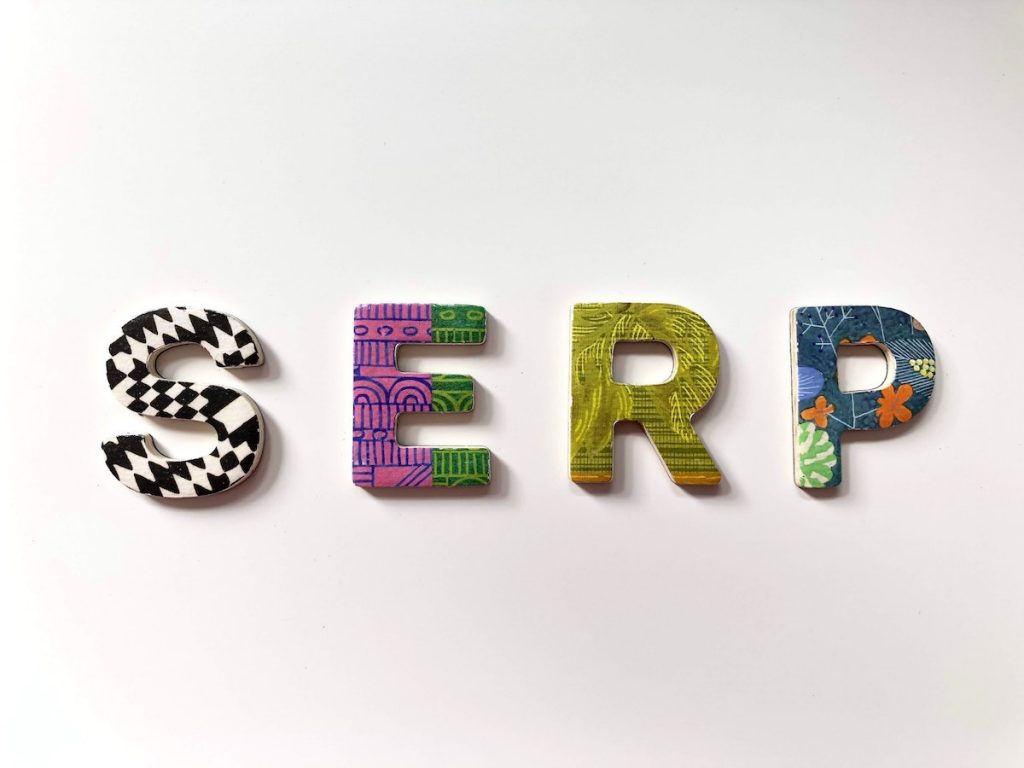In the process of optimizing pages for Google’s SERP, Google keeps improving the search engine’s understanding of natural language.
Quick Links
In this article, we will look closer to what it takes to make it to the top of Google and take a closer look at the meaning of ranking entities.
Building content that lasts
There goes quite a lot of analysis into working and succeeding with SEO. The steps to take before you can rank on the first page of your desired query should be supported by data analysis. Whether you already are deep into algorithms and natural language processing or this is the first you have ever heard of SEO, I will give you some insight into building stones necessary to create a successful website.
When your analysis is complete regarding the search intent you are looking to fulfill, then the next natural step is to look at the content production. But writing website texts today is nothing like writing a plain article or random description of your product.
No, you have to be careful to understand the context of the text that will represent your product. Think of your website’s text features as good ambassadors that inform your user (and thereby Google) on what they can expect. But how do you build a successful communication structure for this?
Think hubs
Before you put pen to paper, you might want to take a closer look at the user’s related search queries to this topic. In which state of mind are the users finding themselves? Comparing products? Asking about product features? Or reading in-depth user guides and product reviews? Start by implementing a structure that helps both users and yourself.
The “content hub”-structure is one way to do this (and in my opinion the best way). Whether you are a shop that sells shoes or dog food, your users will be interested to know more about that product and the context of the product. Whether it is a blog about the latest fashion tips or a guide to caring for your pets.
Blog content is a great and inevitable way to reach your user segment today. Therefore you should create a few ‘core’ or ‘pillar’ pages, where you focus on a relevant and broader topic like fx. ‘dogs’ if you are a pet shop. This pillar page then contains a table of contents on ‘niche’ areas that relate to a dog: breeding, owning a dog, walking and exercising, feeding, grooming, etc.
The pillar page serves as an overview page of finding the questions users need answering. The niche or ‘cluster’ pages then contain in-depth information on each subtopic. The relation between the pillar and cluster pages serves as both a great user experience and provides you with a strong internal link structure between pages. The structure pillar/cluster becomes very clear for pages that are built as blog universes. Here the pillar page for fx. a sports site consists of a main topic, like an ‘exercise and training’-landing page, where the cluster content is the actual blog posts discussing different subtopics on sport in relation to the main topic.
How Google ‘reads’ your site
When it comes to writing the actual content it can serve the writing process to understand how search engines ‘read’ texts and make meaning of them. This is where the concept of ‘entities’ becomes relevant. For search engines to gain an understanding of what words mean, definitions have to be ascribed to the word/words.
Entities are both well-defined and distinguishable, meaning that they are defined to a very specific understanding. To make this more simple, someone like the former president Barack Obama is defined as an entity with what we already know about him:
Processing the information using entities, Google can map up entities with other entities. Fx Michele Obama is defined by her husband, Barack Obama, as the former First Lady and so on. Using the logic of entities Google can understand many complexities of natural language. This is why context is an essential part of making sure search engines understand what you are trying to communicate. Also, it is by using context you can make it to the first page of Google.
Ranking for a smarter SERP
Google has over the years improved the user experience on the SERP by understanding user queries. Often this results in new featured snippets, where Google can provide users with insights before they even click on the result. Based on search queries regarding entities such as “top movies 2020” Google is mobilizing these entities for a greater experience using the carousel feature:
The carousel feature is only one of many that shows us the ability of search engines to understand language and content. Google is becoming more aware of semantics and context to provide the best search results, and so should you!
Final thoughts
Thinking SEO in a 2020 context means having a greater understanding of your customer segments and the natural ways in which content is provided to them. Google is becoming smarter with each new update and natural language is the way to go if you want to make it to the first page of Google.
If you are interested in knowing more about Google’s BERT algorithm read my blog post on the effects of the BERT update on content marketing.

